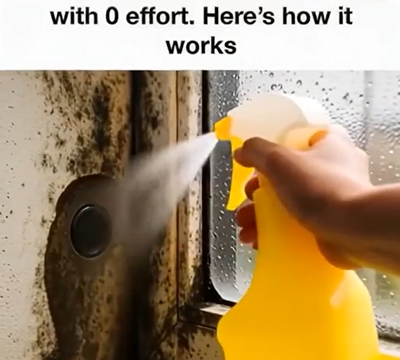If your once-shiny baking sheets have become stained, scorched, and covered in stubborn burnt-on residue, don’t be too quick to toss them out—there’s still hope for a full revival. With just a few affordable and common household items, plus a bit of elbow grease, you can restore those beat-up pans and make them look and perform nearly like new.

Cleaning your baking sheets doesn’t just make them look better—it improves their function and helps reduce waste and spending. A restored baking sheet heats more evenly and prevents food from sticking, so your meals turn out better every time. Plus, instead of adding another item to the landfill or spending money on replacements, you’re doing your part to reuse and recycle. Before diving into the cleaning process, gather some basic supplies that you likely already have at home: baking soda, white vinegar, dish soap, hydrogen peroxide for deep stains, Bar Keepers Friend or a similar scrubbing powder for the tough jobs, and a selection of non-abrasive scrubbers or fine steel wool. You’ll also want a microfiber cloth or sponge, plastic wrap to help retain moisture for certain methods, and of course, some patience and effort.
One of the most reliable methods starts with making a baking soda paste. Mix about a quarter cup of baking soda with just enough water to make a thick paste. Spread this paste over the burnt areas of your pan, then sprinkle white vinegar on top. The mixture will fizz as it begins breaking down residue. To keep the paste active and moist, cover it with plastic wrap and let it sit for a couple of hours—overnight for tougher stains. After it’s had time to work its magic, use a gentle scrubber to remove the paste and residue, rinse thoroughly with warm water, and dry. Another simple approach is the boiling water and dish soap soak. Fill your sink or a large container with hot or boiling water, add a few drops of dish soap, and submerge the baking sheet if possible.
Let it soak for 15 to 30 minutes. The heat helps loosen stuck-on grime, making it easier to scrub away gently afterward. Rinse and dry completely. For deep, discolored stains, try combining hydrogen peroxide with baking soda to create a more aggressive paste. Mix two tablespoons of hydrogen peroxide with enough baking soda for a thick consistency. Spread it on the stained areas and let it sit for half an hour, then scrub gently, rinse, and dry. If nothing else works, reach for Bar Keepers Friend or a similar cleaning powder.
Sprinkle a small amount on the stain, add a few drops of water to form a paste, and scrub gently with a sponge. Be cautious not to overdo it, especially on nonstick surfaces. Rinse thoroughly and dry the sheet completely. For everyday cleaning or lighter stains, a magic eraser is a great quick fix. Wet the eraser and lightly scrub the stained areas. It works well on general grime, but go easy to avoid scratching your pan’s surface. As always, rinse and dry when done. To maintain your pans and avoid future damage, keep these key tips in mind.
Avoid harsh steel wool, as it can scratch and ruin nonstick coatings. Skip the bleach—it might seem powerful, but it can damage aluminum and coated surfaces. Stick with natural cleaners like baking soda and vinegar for effective and safe results. Most importantly, prevent staining by lining your pans with parchment paper or silicone baking mats before cooking. This keeps food from sticking and makes cleanup a breeze. By using these easy techniques, you’ll not only save money and reduce kitchen waste but also extend the life of your bakeware. With a bit of effort, your baking sheets can look nearly as good as the day you bought them, making every baking session a little smoother and a lot more satisfying.





